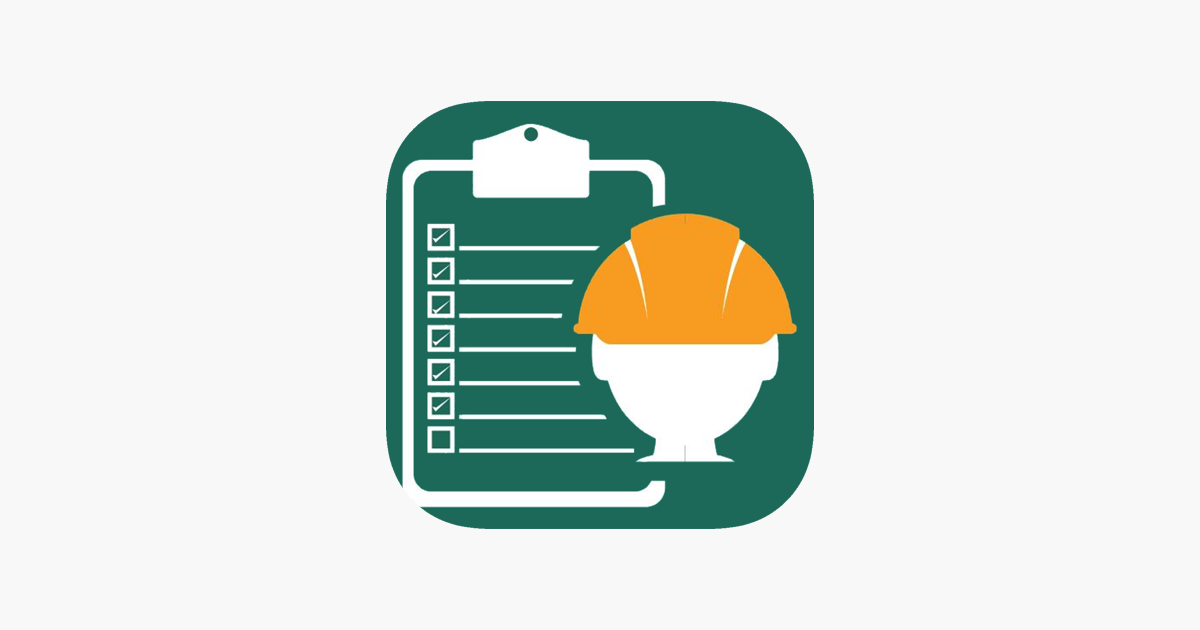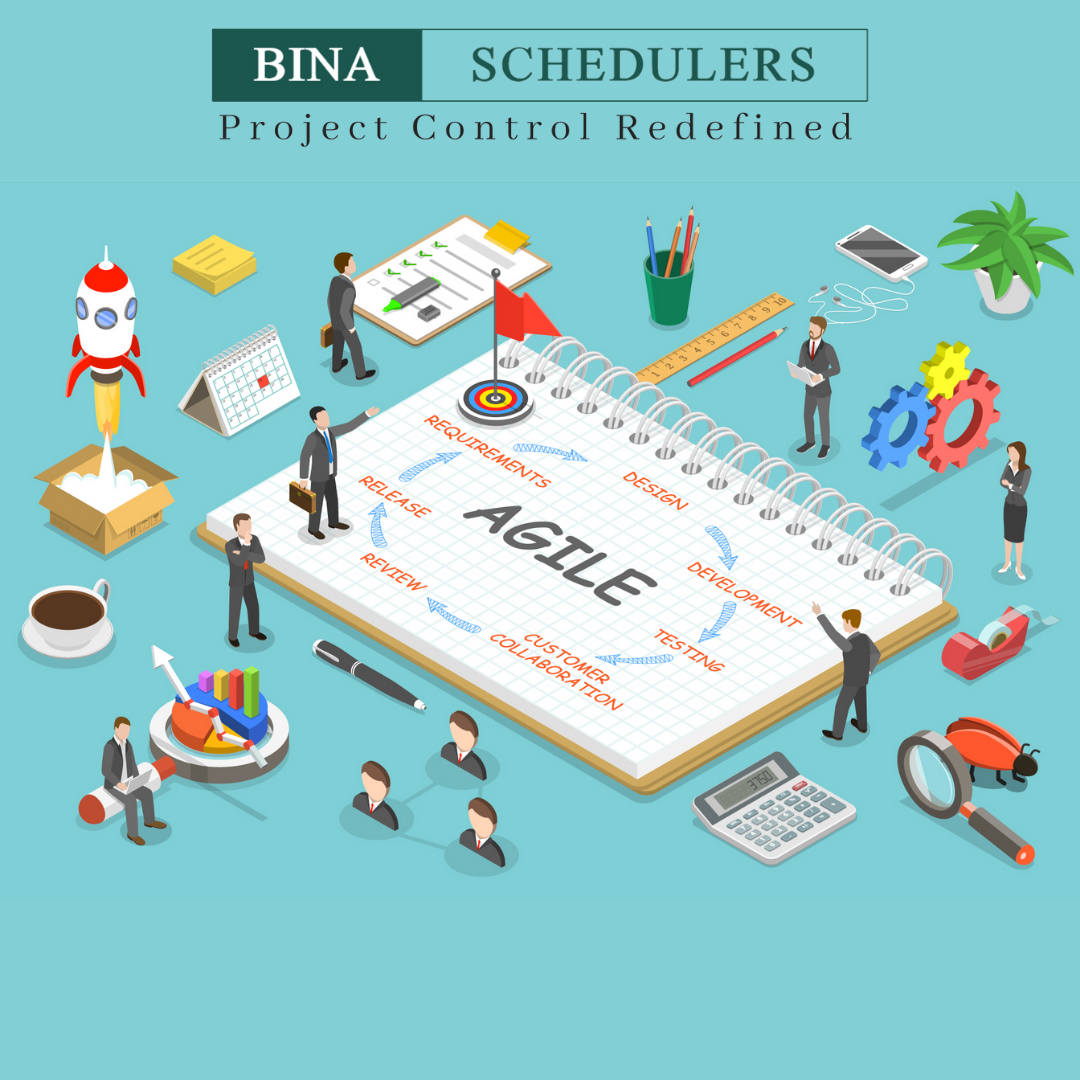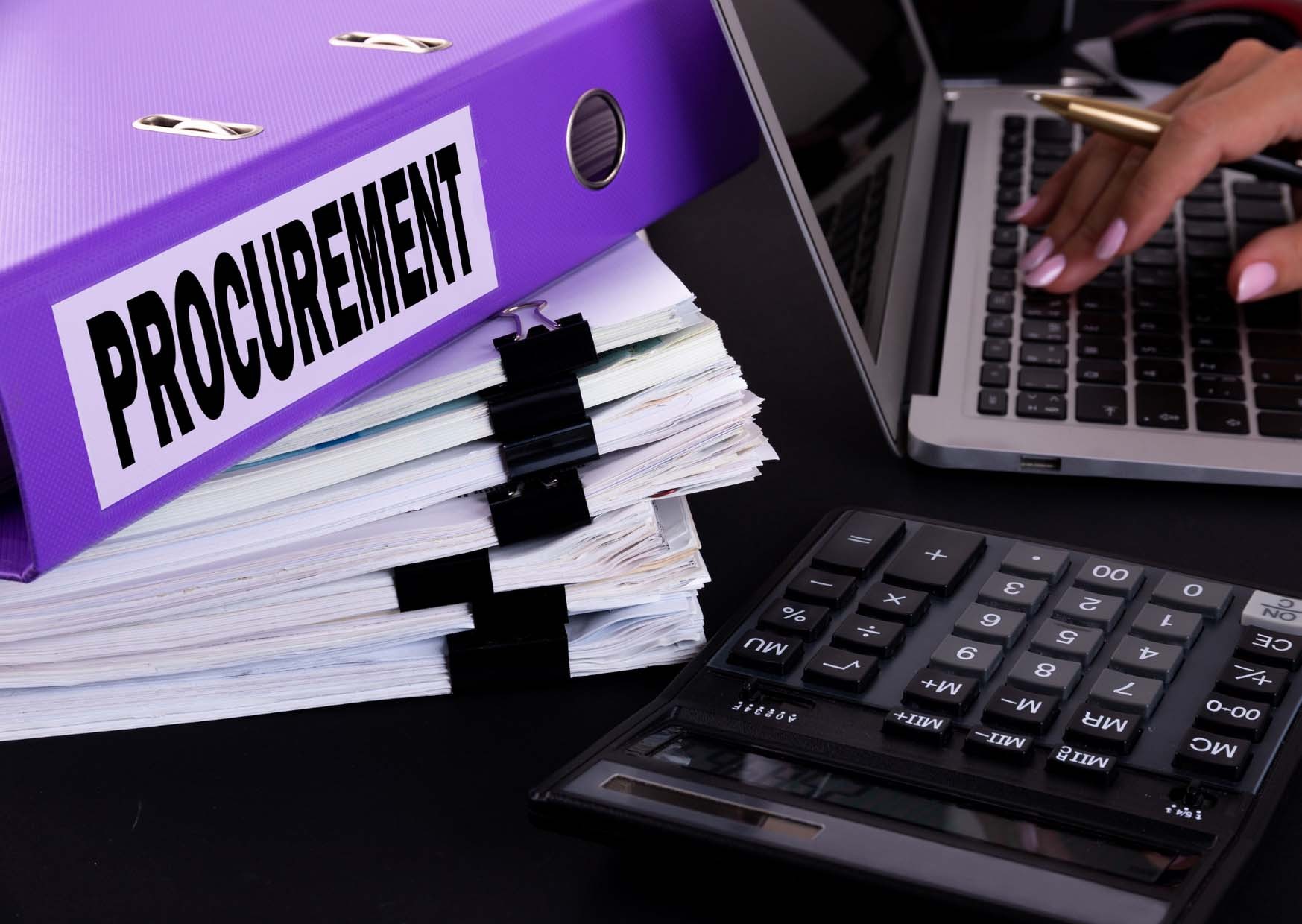
Know your project onions - “project management” and “project control” are not the same thing. And without knowing the difference, you can’t improve your effectiveness at work. At its simplest, project control is an essential component of project management and it needs to be implemented at every stage - from initiation to closing. This article breaks down how project control fits onto every stage of project management, as well as the tools you can use to repeatedly deliver successful, valuable projects.
What is Project Control?
Before we dive in, let’s get to the grips with or terms (as defined by the Association of Project Management):
-
Project
The process by which projects are defined, planned, monitored, controlled and delivered so that agreed benefits are realized.
-
Project Management
The management of a combination of numerous individual processes, many of which relate to the subsidiary discipline of project control.
-
Project Control
The application of processes to measure project performance against project plan, to enable variances to be identified and corrected, so that project objectives are achieved.
Simply put, project management ensures that successful completion of a number of different processes, while project control makes sure those projects actually head in the right direction (to be classed as “successful”). It ensures projects are done correctly and the right projects are chosen in the first place.
Project Control Exists to Answer 3 Vital Questions:
-
How much will the project cost?
-
How long will the project take?
-
What value or quality will the project deliver?
In practical project management terms, these translate into controlling project scope, meeting quality requirements, keeping projects to schedule and budgets, managing risks, identifying issues and ensuring projects benefit the company.
A lot of that comes down to collecting and managing data, finding trends, forecasting outcomes, reporting on progress and actually actively putting learnings to practice. Without control for these, projects quickly become widely ineffective and expensive.
How Project Control fits into Project Management
Now we know what we’re dealing with, let’s see how to practically apply project control throughout the project management cycle.
The Planning Phase
The first stage of project management is planning and outlining your fundamentals: the issues you need to solve, the people who need to be involved, the work you’ll actually do. You need to identify stakeholders and define project objectives that set the boundaries for project success.
Part of that success depends on providing realistic cost and time estimations, both of which form part of project control. So many projects fail simply because they underestimate time or money constraints, so you need to forecast these variables as tightly as possible. And the best way to do that is by analyzing performance data from similar past projects. In particular, take note of:
-
All the tasks involved in the project
-
How long each project phase took
-
Budget spent per individual task
-
How project activity was spread across your team
-
The billable to non-billable ratio of project work
But the whole endeavor doesn't have to mean a load of extra work - project time tracking tools can now automatically collect and digest your project data for you.
The Development Phase
The build-up or development phase of project management is all about getting the ball rolling. This is where the team assembles, stakeholders meet and assignments are planned. And once again, project control is key to success. Your cost estimates become budgets and time estimates become schedules, and project control is responsible for 4 important aspects:
-
Planning/ Scheduling:
The beginning of a project plan and schedule, the accurate monitoring and reporting of scheduled work, and the rapid detection and correction of any “deviations” to bring your schedule back on course.
-
Cost Control
Monitoring expenses and performance, monitoring budget spend, and taking action to hit minimum costs.
-
Cost Estimation
The foundation of cost control and cost management, predicting the quantities and prices for the resources required.
-
Cost and Schedule Risk Analysis
An assessment of risk on the project’s schedule and cost. Analysis takes into account the predicted delivery date, the likelihood of meeting deadlines, and the recognition of risks to the project’s cost.
The Implementation Phase
On to putting your plan into action! While super rewarding, this stage comes with a lot of frustrations. You need to keep your team focused with clear agendas to make sure no one gets sidetracked. A lot of that depends on being able to accurately diagnose your team’s progress and activity.
Invest in a team management tool that lets you quickly identify time drains, quality issues and team allocation problems. In particular, make sure it shows you:
-
Individual and total employee capacity
-
Activity breakdown per employee
-
How long does employee spend on each task?
-
Hours worked per employee
-
Budget spent per employee
This information can help you pinpoint broken processes, overloaded employees and disruptive tasks. By monitoring this data, you can balance workloads, allocate project resources efficiently and keep your team aligned with priorities.
The Closing Phase
You’ve finished the project! Surely that means the project control element is over? Not quite. You need to be able to review its total performance, understanding trends and processes that led to success so you can repeat them for future projects.
Did your team meet their objectives? Did they progress at the expected rate? Did you deliver a quality product and still stick to budget? Is there still work to do? Good project control allows you to appraise these points. So do a thorough debrief – compile performance data and break it down to the project task level to uncover new learnings.
You should charter exactly how your project transpired – where time was spent, where activity veered off course, and what limited productivity – and build effective measures into your new projects to control for them further.





























